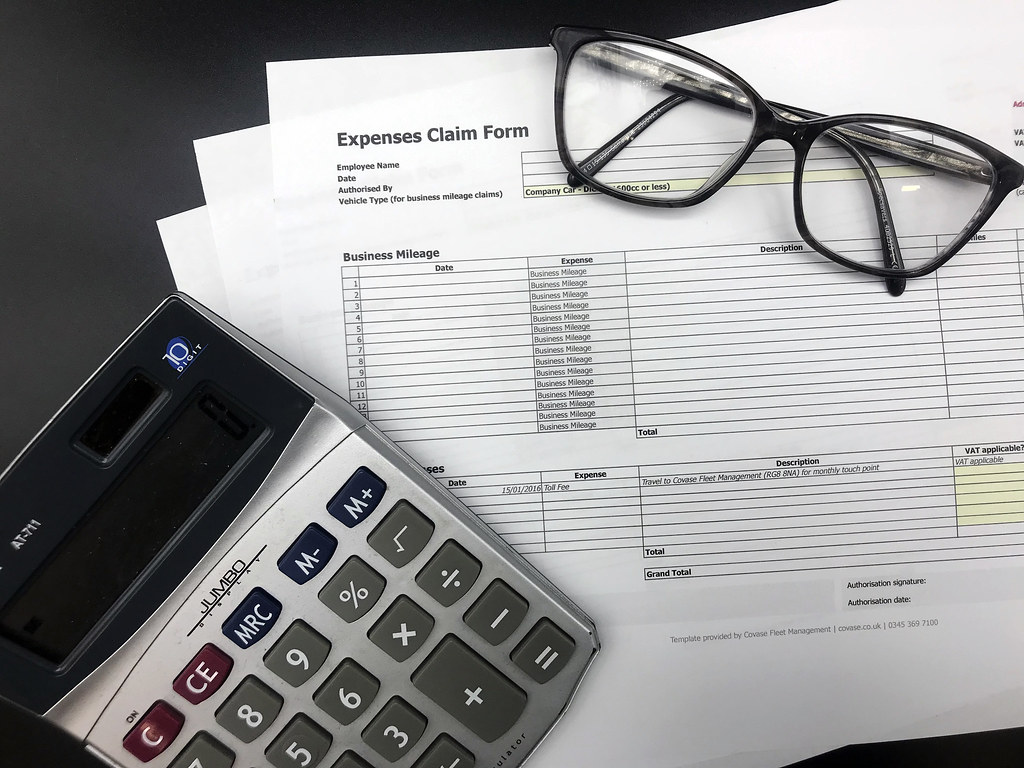While many Tenants appreciate & prefer the presumed simplicity of a “Full Service” lease, it is important to fully understand your lease document and the clauses contained within, to avoid unexpected future costs.
One such clause commonly found in Full Service leases, is that of the “Operating Expense Pass Through.” This clause allows a Landlord to pass through increases in Operating Expenses to the Tenant, thereby limiting their exposure & maintaining an underlying profit margin. This is typically regulated by an, “Expense Stop,” or limit on the amount of Operating Expenses paid by a Landlord in a given year. This number can be set arbitrarily but is often associated with a ,”Base Year.” When a Base Year is used, a Landlord pays for the Operating Expenses through the end of the chosen Base Year. The amount paid in this year becomes the Expense Stop and in subsequent years the Tenant is responsible for any Operating Expenses above and beyond this amount.
As an example we can look to the following Operating Expense History of a building in the San Francisco Bay Area:
| Year | OPEX | Tax | Total |
| 2018 | $14.81 | $6.18 | $ 20.99 |
| 2017 | $12.90 | $6.05 | $ 18.95 |
| 2016 | $13.82 | $5.98 | $ 19.80 |
| 2015 | $11.10 | $5.31 | $ 16.41 |
The numbers above are quoted on a per square foot basis as increases are generally passed through to Tenants based on their pro-rata share of a building. In this example, if a Tenant negotiated a 2015 Base Year, the Landlord would be responsible for the first $16.41 in Operating Expenses moving forward:
| Year | OPEX | Tax | Total | Base Year Delta | Delta/Month |
| 2018 | $14.81 | $6.18 | $ 20.99 | $ 4.58 | $ 0.38 |
| 2017 | $12.90 | $6.05 | $ 18.95 | $ 2.54 | $ 0.21 |
| 2016 | $13.82 | $5.98 | $ 19.80 | $ 3.39 | $ 0.28 |
| 2015 | $11.10 | $5.31 | $ 16.41 | $ – | $ – |
Thus in 2016, the Tenant would be responsible for paying an additional $3.39/SF in Operating Expenses or $.28/SF/month. For a 5,000 SF Tenant this would amount to $1,400/month in 2016, $1050/month in 2017, and $1,900/month in 2018. However if a Tenant negotiated a 2016 Base Year, the results would look very different:
| Year | OPEX | Tax | Total | Base Year Delta | Delta/Month |
| 2018 | $14.81 | $6.18 | $ 20.99 | $ 1.19 | $ 0.10 |
| 2017 | $12.90 | $6.05 | $ 18.95 | $ -.85 | $ -.07 |
| 2016 | $13.82 | $5.98 | $ 19.80 | $ – | $ – |
| 2015 | $11.10 | $5.31 | $ 16.41 | $ – | $ – |
In this scenario, the Landlord would be responsible for paying the first $19.80 in Operating Expenses. Therefore the same 5,000 SF Tenant would owe nothing in 2017 (most pass through language does not allow for a rebate if expenses fall) and $500/month in 2018. Because a building’s occupancy rate can affect its Operating Expenses, (and therefore the amount a Landlord is responsible for paying) Base Year language often includes “Gross Up,” language which estimates the expenses at 90-100% occupancy regardless of the actual occupancy figure.
In most cases, Operating Expenses increase overtime (due in large part to property taxes which are reassessed when a building is sold) so it is often advisable to negotiate for the latest possible Base Year. I have found it is customary to receive the current calendar year as one’s Base Year during the first half of the year & the following year as a Base Year during the later half of the year. Resetting one’s Base Year is often an important goal during renewal negotiations.
In the current “Landlord’s Market,” these pass throughs are almost universal in nature & important for Tenant’s to understand simply for proper budgeting purposes. As the market softens (or for some very large Tenants) it may be possible to negotiate a “cap” on the amount that can be passed through or even to eliminate the process altogether.
More information available below:
A quick video on the different Lease Types & Rent Structures you may encounter while looking for office space.
